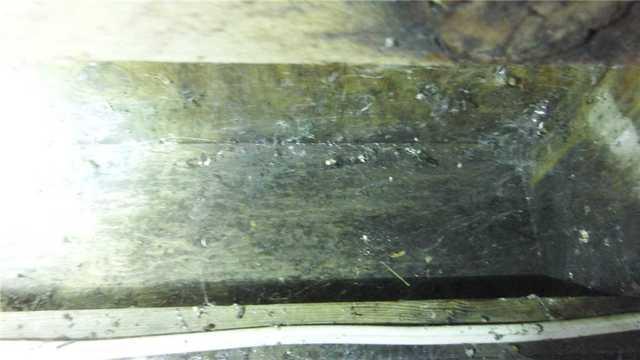
Mold-Riddled Beam in Crawl Space
What you see here is what happens when mold invades a wooden beam. After a certain point, the mold can compromise the structural integrity of the beams.

Wet Crawl Space in Mackinaw, MI
From debris on the plastic sheet laying on the ground (which is actually not protective) to water damage on the walls, this crawl space bore all the telltale signs of water damage.

Debris and Moldy Beams
Note the discoloration on the beams - that's a result of differing levels of mold damage. This plastic tarp sheeting on the ground is often used in dirt floor crawl spaces, but it doesn't actually provide any protection, and often gets covered in said dirt as soon as something is moved.
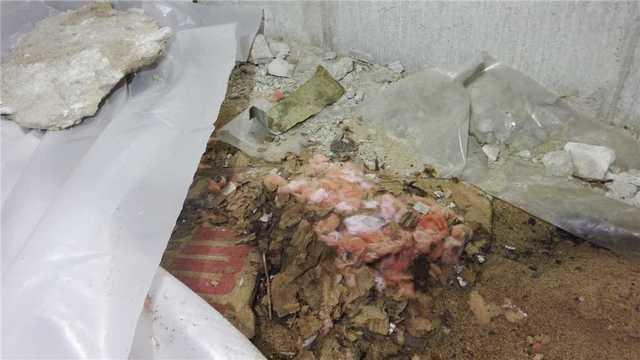
Fallen Fiberglass Insulation
Fiberglass insulation is a bad choice for a crawl space largely because it's very susceptible to mold and water. Mold eats the paper backing, and the insulation itself absorbs ambient moisture until it's just too heavy, at which point it falls. You need inorganic, waterproof insulation in a crawl space.
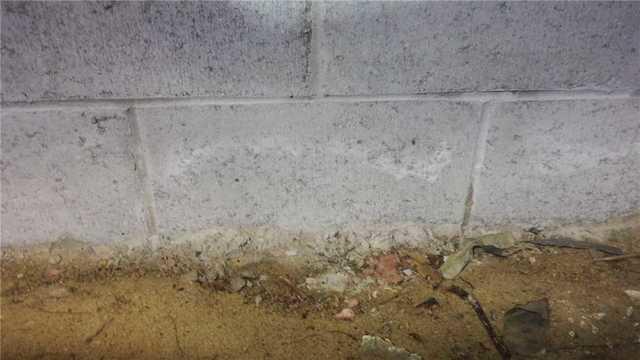
Efflorescence on Crawl Space Block Wall
That white dust you can see on the block wall is a result of efflorescence. Efflorescence is what happens when water travels through a concrete block like those seen here, dissolving salts contained within the block on its way through. As the water reaches the surface and evaporates, it leaves behind the dissolved minerals, which crystallize. To an extent, it's more of a nuisance than anything else, but over a long enough period of time, this will compromise the structure of the blocks.

Crawl Space Entrance is Susceptible to the Elements
First off, this isn't the most inviting entrance, which makes it difficult to use the crawl space for storage or even enter it for HVAC maintenance. Secondly, it's not air or water tight, which leaves the crawl space at the mercy of the outside world.
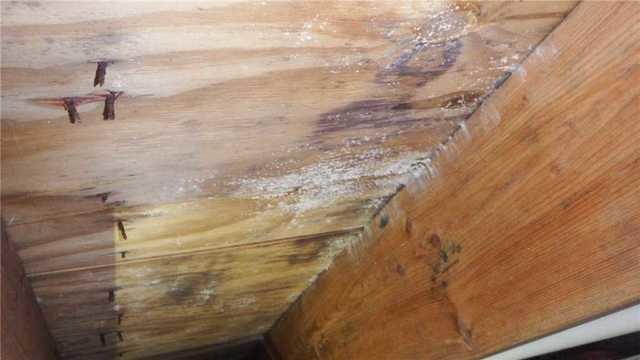
Mold on Crawl Space Ceiling
The ceiling of the crawl space, aka the area right below the floor of the home, is also riddled with mold. Often when you experience sagging floors, it's because the sub-floor is compromised. If you've ever watched those home improvement shows where the contractor sticks his foot right through the sub-floor? Yeah, that's what's happening here.
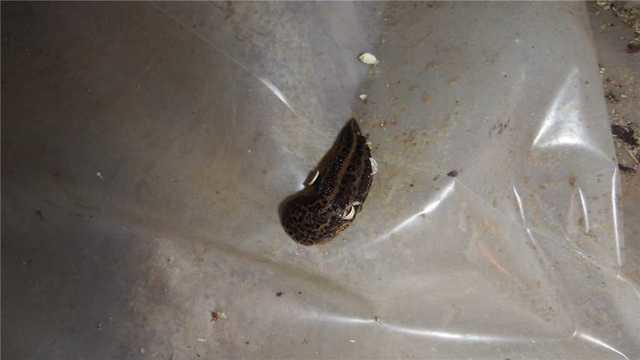
Mystery Creatures Living in Crawl Space
I will fully admit that I don't know what this is. But I also know that I don't want it living in my house. No vacancy, slime bug!

Just Say No to Crawl Space Vents
Crawl space vents used to be "the norm" but that's the wonder of the world - we learn and grow and correct mistakes. In reality, vents are the same as just having an open window in your home - all kinds of debris and creepy crawlies and water can just head on in and ruin your home.
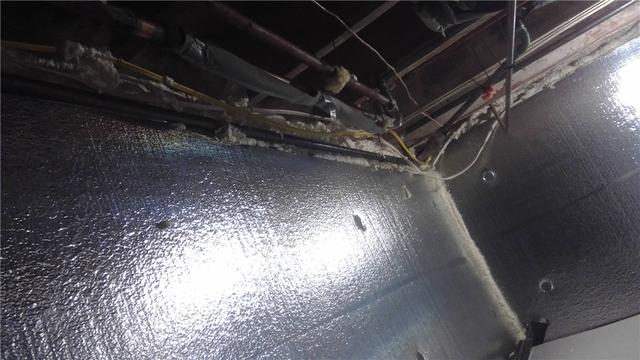
SilverGlo Keeps Crawl Space Warm
SilverGlo insulation panels are not only water and mold resistant, they also keep the crawl space warm. Much better than that fiberglass insulation in a wet heap on the ground.
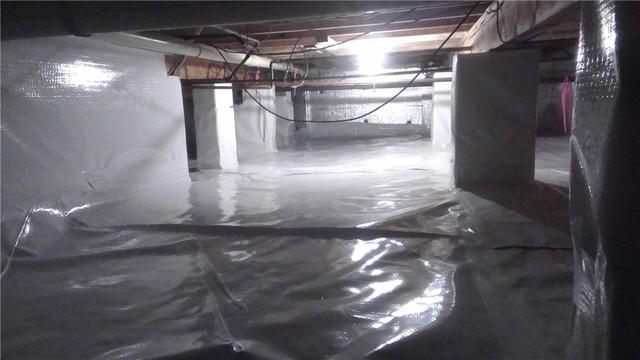
Encapsulated Crawl Space in Mackinaw, MI
By affixing CleanSpace to the walls, floor, and support piers, we can keep the crawl space - and the home above it - protected from ambient moisture.

Preventing Moisture Problems in Crawl Space
The Smart Drain and SaniDry dehumidifier work together to keep ambient moisture problems at bay.
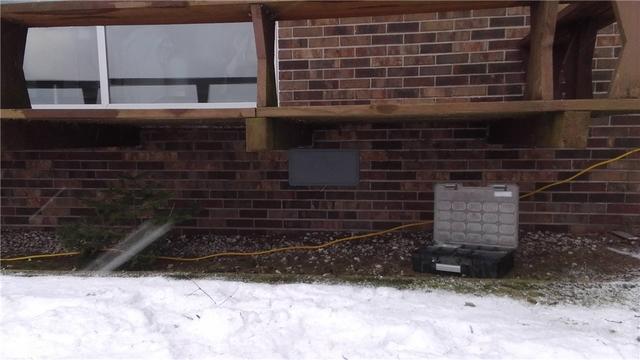
Vent Covers Protect Crawl Space
Cover your vents! By attaching these covers, which are airtight, we can prevent further water and debris from entering the crawl space (also that bug, whatever it was).

Crawl Space Encapsulation in Progress
Here, you can see the SilverGlo installation in progress.
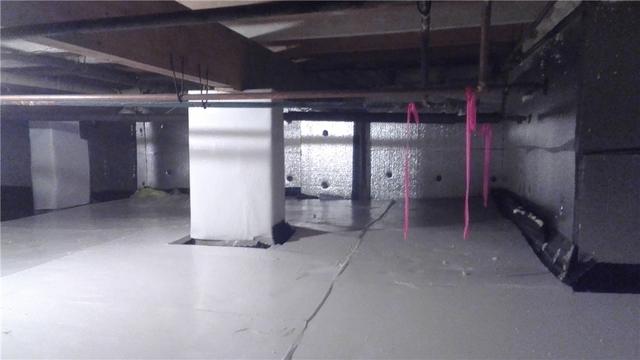
Wrapping Piers Adds Layer of Protection
By wrapping the support piers, we close off one more avenue of water entry and also keep the integral piers safe from water.
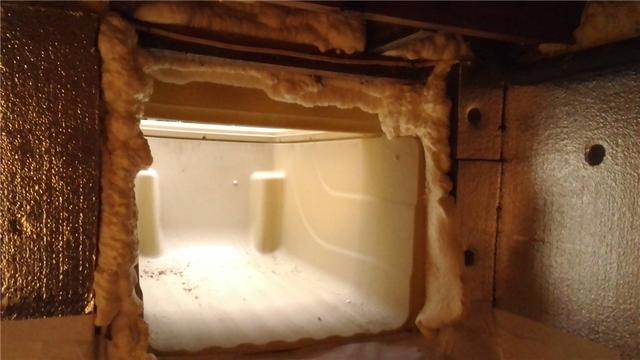
More Inviting Crawl Space Entrance
Not that you're in your crawl space often, but wouldn't you rather enter through this than that hole in the side of the house? Also shown is FrothPak spray insulation, which is vital in sealing off doors, windows, and joists.
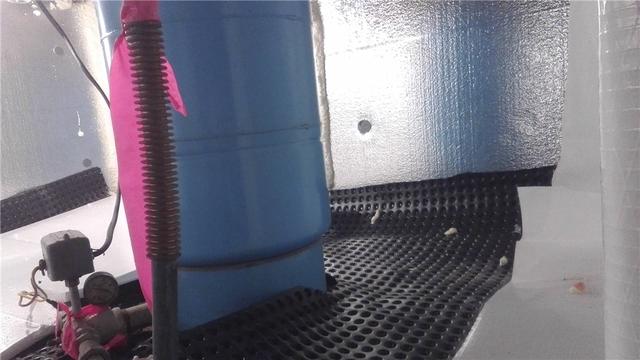
Drainage Matting Helps Whisk Away Moisture
Drainage matting is installed between the CleanSpace and the ground in order to help speed the movement of moisture. The dimpled surface allows better circulation, which is especially vital on a sandy ground like this.









